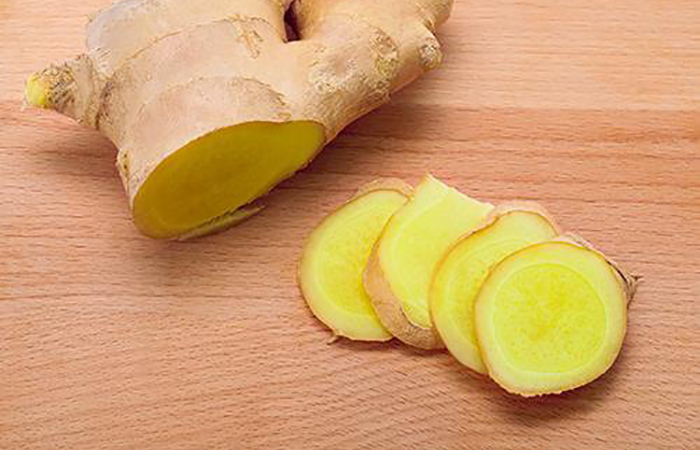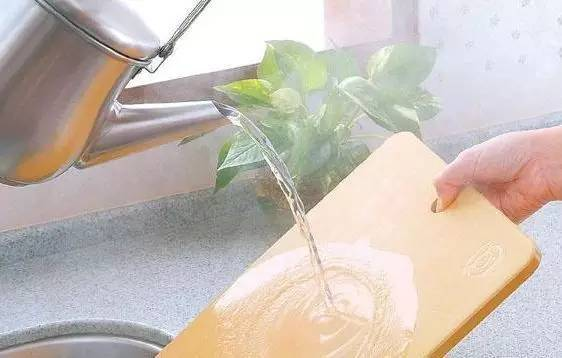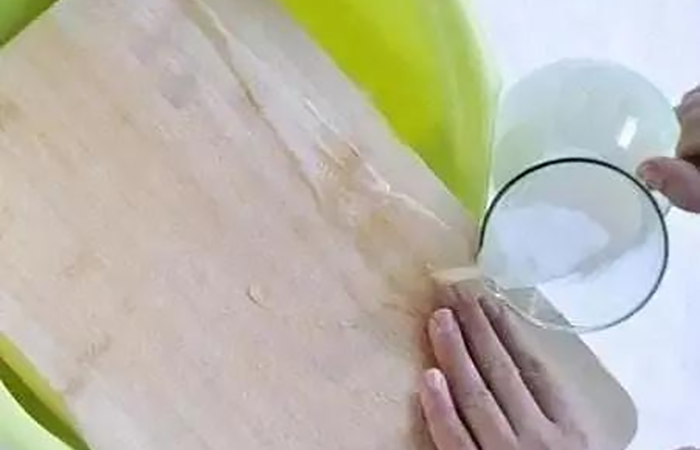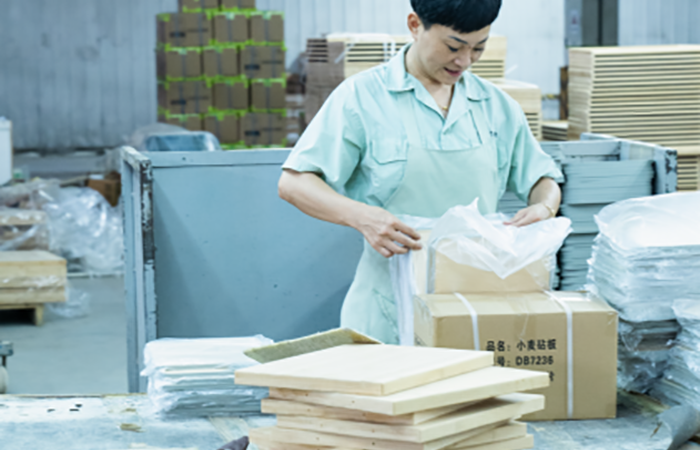
Dear customers, have you ever received imported cutting boards and found them moldy? Have you ever had a consumer complain about buying cutting boards from you that soon became moldy? Have you ever noticed that cutting boards at home get moldy quickly and don’t know what went wrong?
Now, I’m no biologist, but it doesn’t take a doctorate in fungi studies to know that having mold contaminate your food is not contributary to living a long and healthy life; in fact, the mildew that so commonly sprouts on cutting boards produce a family of toxins called aflatoxins that can cause liver damage and cancer.

So how can we avoid moldy cutting boards and how to deal with them?
1.Scrub the cutting board with lemon juice and salt
In the case of mild mildew, sprinkle some salt onto the cutting board, then follow by rubbing half a lemon over the surface for a few minutes. Rinse it after, and place the cutting board vertically in a ventilated place.

2.Wipe the cutting board with ginger
Similar to step one, wiping down the cutting board surface with a sliced piece of ginger also helps with mild mildew. Afterwards, rinse and place the cutting board vertically in a ventilated place.

3.Blanch the cutting board with boiling water
Cutting boards should be cleaned and disinfected over time. Scalding the surface of the cutting board can inhibit further growth of mold, though it should be noted that this strategy should not be employed on cutting boards made of plastics.

4. Wash cutting boards with a vinegar solution
A solution of white vinegar and water (with a greater concentration of vinegar than water) can alleviate mildew growth. Both soaking and rinsing the cutting board in the solution will work, though make sure to wash the cutting board afterwards in order to eliminate any vinegar residue.
In addition to the aforementioned methods and tricks, keeping the cutting board dry when not in use will greatly decrease the chances of mildew growth and also extend the lifetime of your board.
Now that we know how to deal with any mold growth, we must discuss how to avoid potential mold growth. Mold growth on cutting boards is caused by the moisture content inside of the bamboo cutting board. If the moisture content was controlled to be below certain values before we sold the product to the customer, we could eliminate the possibility of mold growth on our cutting boards. In a factory setting, moisture content is strictly held between 8%-12%, a interval that guarantees that mold does not grow; what are the methods to controlling the moisture?

There will be 3 steps to control the moisture content of bamboo boards
1. Carbonized bamboo strips
Owing to the fact that bamboo is organic, many nutrients are present in freshly cut bamboo that bugs and mildew thrive upon; because of this, the bamboo strips are placed within carbonization stoves prior to assembly in order to remove any sugars, nutrients, and bacteria that may be within the strips. Removal of those elements will improve the physical performance of the material, while also having the side effect of restricting possible mold growth in daily use.

2.Vertical drying tower
After the carbonization process, the bamboo strips will need to be dried. Normally, this drying process employs a traditional horizontal drying system, but in 2016 Suncha invented a vertical drying system that outperforms the horizontal system. The vertical drying system has two advantages: greater efficiency, and more optimal design. The vertical system has a 30% greater efficiency than its predecessor, and because of the more improved design, can ensure that the first piece of bamboo inserted in the system is also the first piece that exits the system, resulting in a greater level of consistency across all raw material (the previous system was first-in-last-out). By holding the material in temperatures of 55 to 60 degrees Celsius over a duration of 5 days, the moisture content of the bamboo strips will be reduced to under 12%, thus greatly reducing the possibility of mold spores growing on the materials.

3.Inspection before packaging
Prior to packaging, an inspection of the moisture content of the bamboo boards is carried out, and if any outliers are detected (moisture contents equal or exceeding 12%) the offending board will be reworked.

The steps and methods discussed above allow us to ensure that the moisture content of the boards are within a fixed range (8%-12%) before loading, with additional desiccant packages added to the outer cartons in more humid seasons to further reduce the chances of mold growth over the course of transportation.
After reading the above, did any of these methods help you solve your mold problems? If you have any more questions, please leave a quick comment below~
Post time: Feb-21-2023





